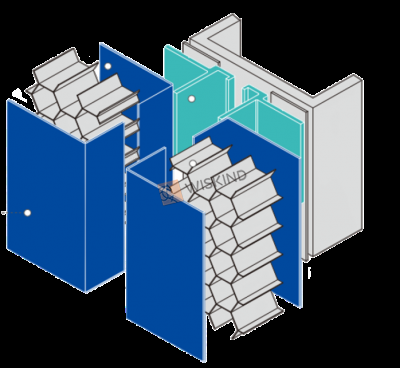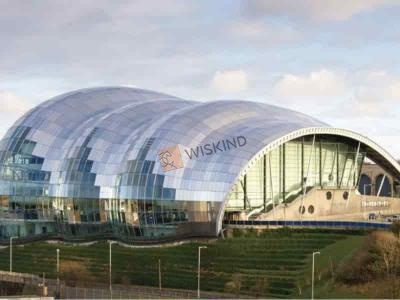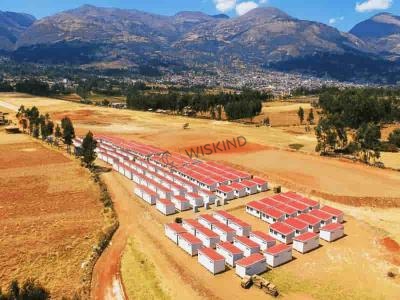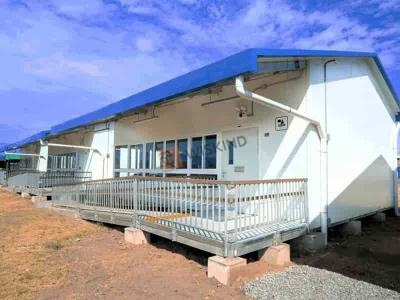1 Product Parameters:
|
Material name
|
EPS
|
|
Material category
|
Organic Thermal Insulation Materials
|
|
Combustionperformance
|
B2 Retires from the fire
|
|
Thermal Conductivity
|
0.042
|
|
Oxygen Index
|
≤30%
|
|
Bulk density (kg/m3)
|
8~20
|
|
Temperature resistance (℃)
|
-40~90
|
|
water absorption
|
2%
|
|
Width(mm)
|
950
|
|
Thinkness(mm)
|
24、29、50、75、100、150
|
|
Length(mm)
|
6000
|
|
Test weight(kg/m3)
|
10、12、14、16、18
|
2 Product Characteristics:

Product name: 950EPS cap roof panel
Product introduction: EPS roof panel (lightweight, thermal insulation, waterproof)
Detailed description: 950 cap-type EPS thermal insulation sandwich panel
Effective width: 950mm
Thickness: 50-150mm (according to customer requirements)
Length: according to user demand, engineering requirements and transportation conditions, it is suitable for customized production
Core material: foam
Installation structure and use: male and female port splicing and cap waterproof installation
It is widely used in: large-span composite steel structure engineering and grid and other projects, such as: gymnasium theaters, large workshop conference centers, auditoriums and other roofing parts.
The thermal insulation advantages of EPS Roofing Sandwich Panels:
It can protect the main structure of the building and prolong the life of the building. Since the external thermal insulation is to place the thermal insulation layer on the outside of the structure, the stress caused by the structural deformation caused by the temperature change is reduced, and the erosion of the structure by harmful substances in the air and ultraviolet rays is reduced. Effective elimination of "thermal bridges" In the past, internal insulation was used, and "thermal bridges" were unavoidable, while roof insulation effectively prevented the generation of thermal bridges and avoided condensation. To improve the tidal temperature of the roof, a vapor barrier layer is generally required for internal thermal insulation, while the temperature penetration performance of external thermal insulation materials is much stronger than that of the main structure, and condensation generally does not occur inside the roof, and the entire wall of the structural layer is used. The increase in temperature further enhances the thermal insulation properties of the roof. It is beneficial to keep the room temperature stable, and the external insulation of the roof is adopted. Since the structural layer with a larger thermal storage capacity of the roof is on the inner side of the roof, it is beneficial to keep the room temperature stable. Increase the usable area of the house. It can avoid the damage to the insulation layer caused by the second decoration.
3 Production Machines&Process

4 Product Knowledges

EPS polystyrene plzte, also known as EPS insulation plate or foam board, is mainly made of polystyrene particles. It is lightweight, has low thermal conductivity, and has good thermal insulation effect. It is widely used in external wall thermal insulation systems. This product has a wide range of adaptability in the north and south in the energy saving and decoration renovation of old and new buildings.
The characteristics of EPS polystyrene board are as follows:
Small thermal conductivity, large heat storage coefficient, good thermal insulation effect, light weight, waterproof, anti-corrosion system, excellent performance, convenient construction, low labor cost, suitable for the thermal insulation layer of walls, roofs, composite thermal insulation boards, can also be used As a waterproof layer, the product has superior performance.
EPS polystyrene board performance advantages:
The birth of graphite polystyrene board has greatly improved and made breakthroughs in the thermal insulation performance, physical performance and fire rating of ordinary polystyrene board. It uses polymer technology to combine organic materials with inorganic materials, and is suitable for 75% building energy efficiency standards. In the construction, dual-energy JNJ-1 adhesive, adhesive, and preparation of bonding mortar are used for paving, and dual-energy MMJJ-1 plastering mortar is used to embed high-strength alkali-resistant mesh cloth to enhance crack resistance and achieve the physical properties stipulated by the state.


 English
English русский
русский español
español العربية
العربية 日本語
日本語 한국의
한국의 ไทย
ไทย Việt
Việt Indonesia
Indonesia українська
українська





















 online service
online service


